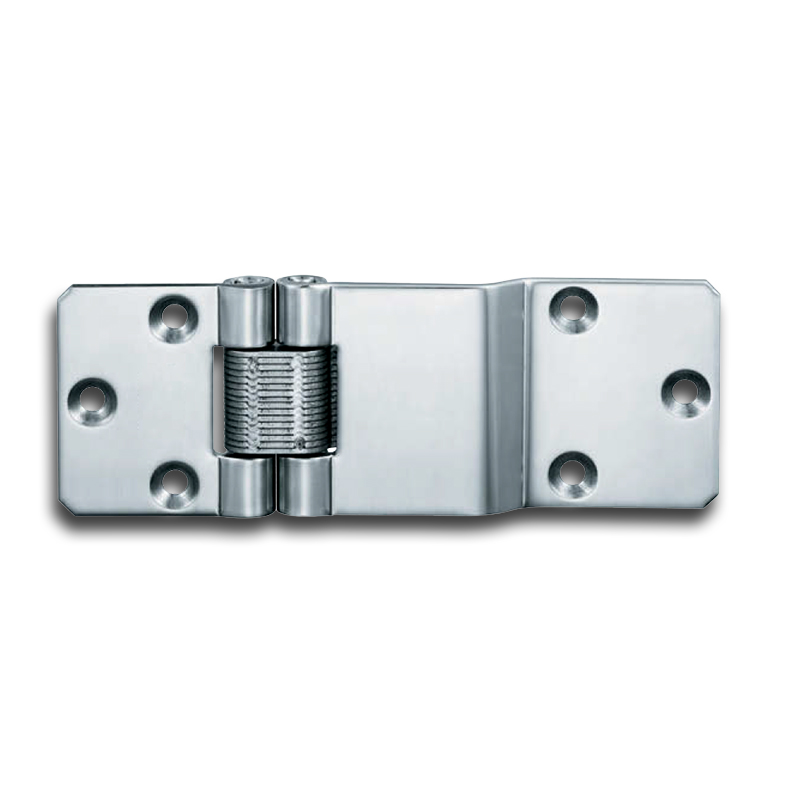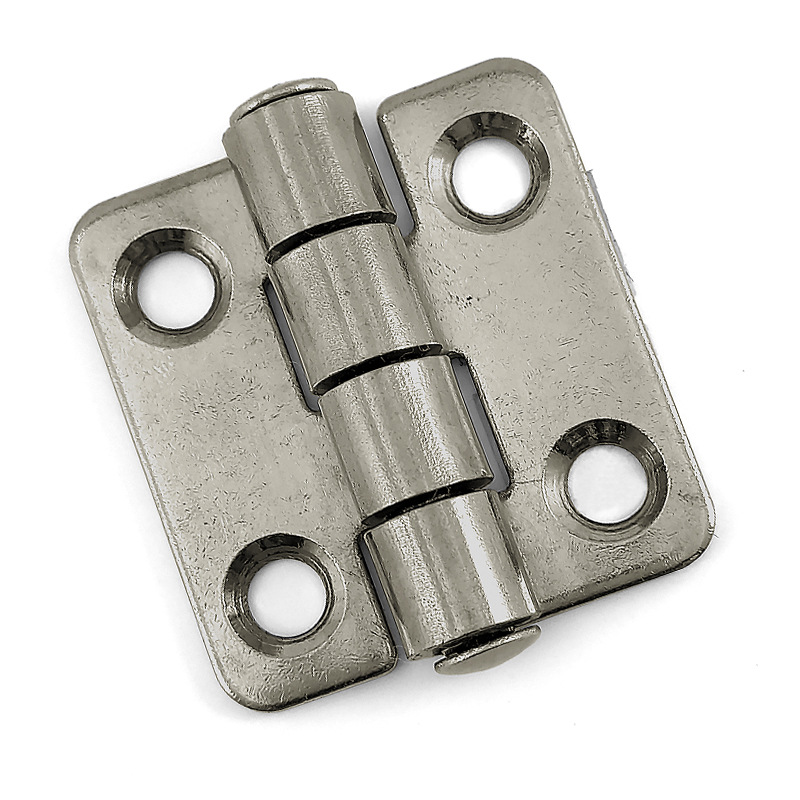Installing industrial hinges requires a blend of precision, technical know-how, and the right tools. These hinges, pivotal in heavy-duty machinery and equipment, demand meticulous attention during installation to ensure they perform optimally and safely.
Installing industrial hinges involves a careful selection of the appropriate hinge material, size, and type, accompanied by meticulous surface preparation and accurate alignment. The process requires specific tools, lubrication, and periodic checks post-installation to ensure longevity and optimal performance.
Engaging with this article will provide readers with an exhaustive understanding of each step involved in installing industrial hinges, paving the way for their effective functioning and prolonged durability.
What Materials Constitute Industrial Hinges?
Industrial hinges come in a variety of materials tailored to diverse applications. Stainless steel, renowned for its corrosion resistance and robust strength, is a favorite among many. On the flip side, materials like brass provide natural lubricity which is vital in some applications.
Aluminum, known for its lightweight yet durable nature, finds its place in applications where weight is a concern. It’s of paramount importance to understand the application’s needs and environmental challenges before selecting the hinge material, ensuring longevity and optimal performance.
How to Select the Correct Hinge Size and Type?
The choice of hinge size is vital to its performance. An oversized hinge in a system can lead to inefficiencies, while an undersized one can be catastrophic due to the risk of failure. Variables like the hinge’s load capacity, its length, and the diameter of the pin play pivotal roles in this choice.
Equally crucial is the type of hinge. With options ranging from butt hinges, continuous hinges, to pivot hinges, the machinery’s design and operational requirements will dictate the best fit. Ensuring compatibility here is key to avoiding undue stress and potential malfunctions.
Which Tools Are Imperative for Installation?
Hinge installation, while methodical, requires a suite of tools. Typically, the roster includes a drill, diverse drill bits, screwdrivers, wrenches, and measuring tapes. Possessing and adeptly using these tools is the bedrock of a seamless installation, eliminating potential errors and damage.
For specialized hinges or unique applications, there might be a need for more advanced tools. Thus, always cross-referencing with the hinge’s installation manual or guide can prove invaluable, ensuring that the installer is well-equipped for the task at hand.
Preparing the Surface: Why and How?
A pristine surface is the foundation for hinge installation. This involves a meticulous process of cleaning, eradicating rust or old paint, and marking the hinge’s precise positioning. Ensuring the surface is level and free from imperfections guarantees a firm grip and superior performance.
For certain industrial applications, additional steps might be necessary. This could include the application of primers or adhesive layers which serve to enhance the grip, ensuring that the hinge remains steadfastly in place even under duress.

Why is Alignment Paramount?
The alignment of a hinge dictates its operational efficiency. A misaligned hinge is not just an inconvenience but can lead to accelerated wear and tear, restricted movement, and in worst cases, hinge failure. The use of leveling tools and frequent measurements during installation is the linchpin to impeccable alignment.
Moreover, post-installation checks are invaluable. Ensuring that the hinge operates smoothly and without any hitches after installation can be a telltale sign of its alignment and overall installation quality.
Securing the Hinge: How?
Once aligned, the hinge needs to be anchored firmly. This involves using screws, bolts, or even welds, contingent on the hinge type and the nature of its application. The essence here is to tighten the securing elements uniformly, ensuring load is distributed evenly across the hinge.
Over-tightening is a common pitfall and can lead to distortion or undue stress on the hinge. Following manufacturer guidelines on torque and securing methods can preclude such issues, guaranteeing the hinge’s longevity.

The Role of Lubrication in Installation?
Indeed, lubrication plays a pivotal role. Especially in tight-fitting hinges, lubricants can ease the installation process. Beyond installation, lubrication remains a cornerstone for the hinge’s smooth operation, acting as a buffer to reduce wear.
Choosing an apt lubricant is crucial. It needs to be congruent with the hinge material, ensuring no adverse reactions, while effectively reducing friction.
Periodic Review of Installation: Why?
Hinges, while designed for durability, are not immune to wear or external challenges. Regular inspection of the installation can catch early signs of wear or misalignments. These periodic checks can pave the way for timely interventions, ensuring the hinge continues to operate optimally.
Such reviews can be timed based on the hinge’s usage frequency and the environmental challenges it faces. The more taxing the conditions, the more frequent the reviews should be.

Are There Safety Protocols to Adhere to?
Safety, during and post-installation, is non-negotiable. Wearing safety gear, including gloves and safety glasses, is fundamental. Also, ensuring that any associated machinery is deactivated during installation can avert potential mishaps.
Moreover, strict adherence to the manufacturer’s installation guidelines is not just a best practice, but a safety imperative.
Conclusion
The installation of industrial hinges, while systematic, demands attention to detail, the right tools, and a commitment to safety. When executed with precision, it assures the longevity and impeccable performance of the hinge in its designated application.
At IHINGES, we pride ourselves on being a leading industrial hinge manufacturer. Quality is our hallmark, and our competitive pricing is the cherry on top. We’re adept at tailoring industrial hinges to fit your equipment installation needs. Reach out to us for a tailored quote.
You might also be interested:






